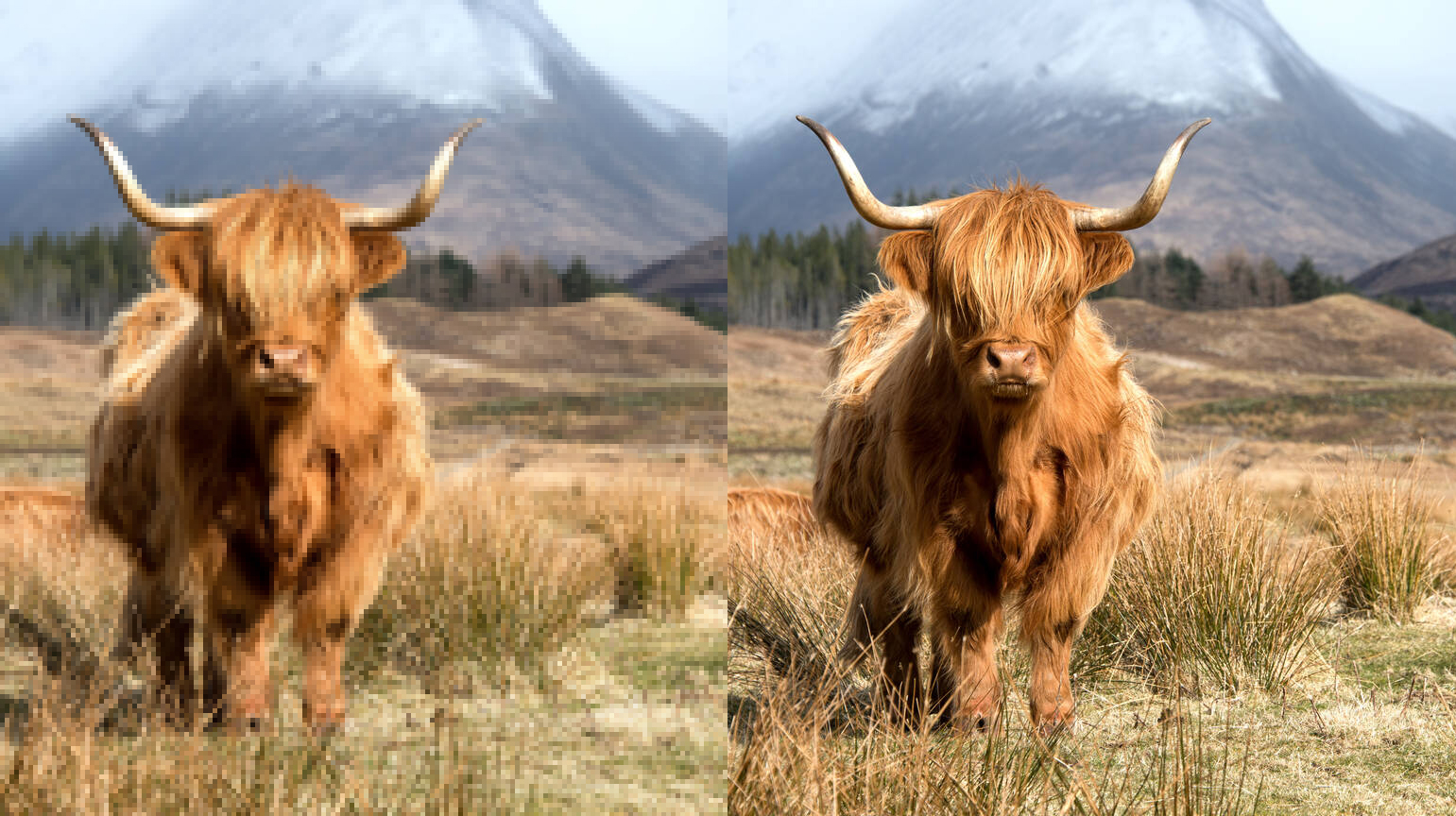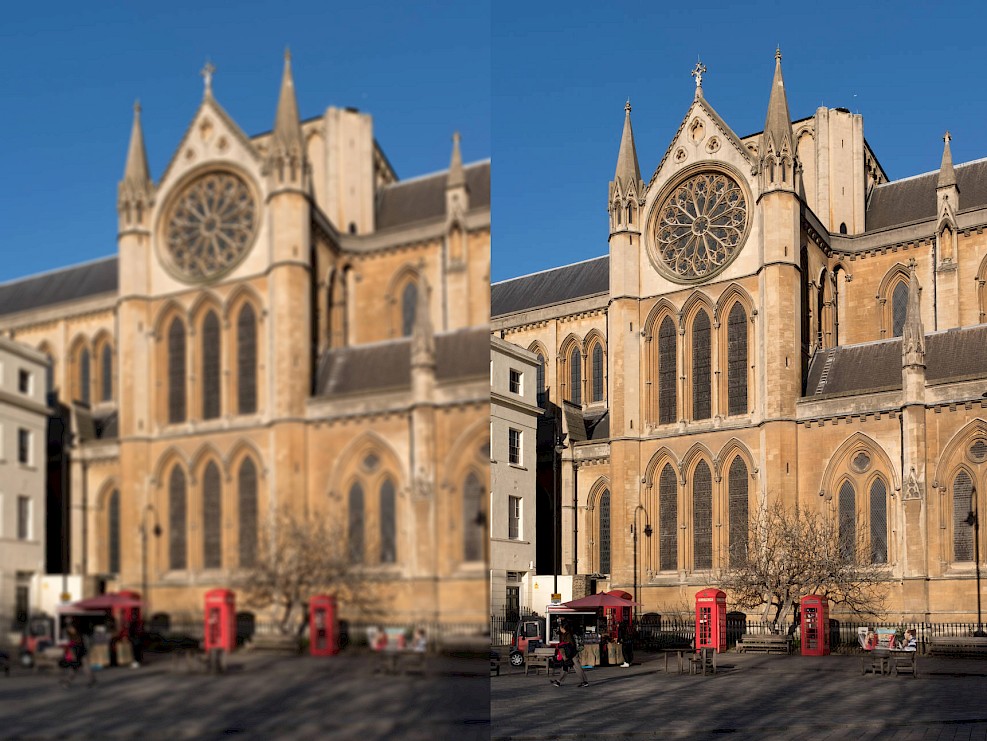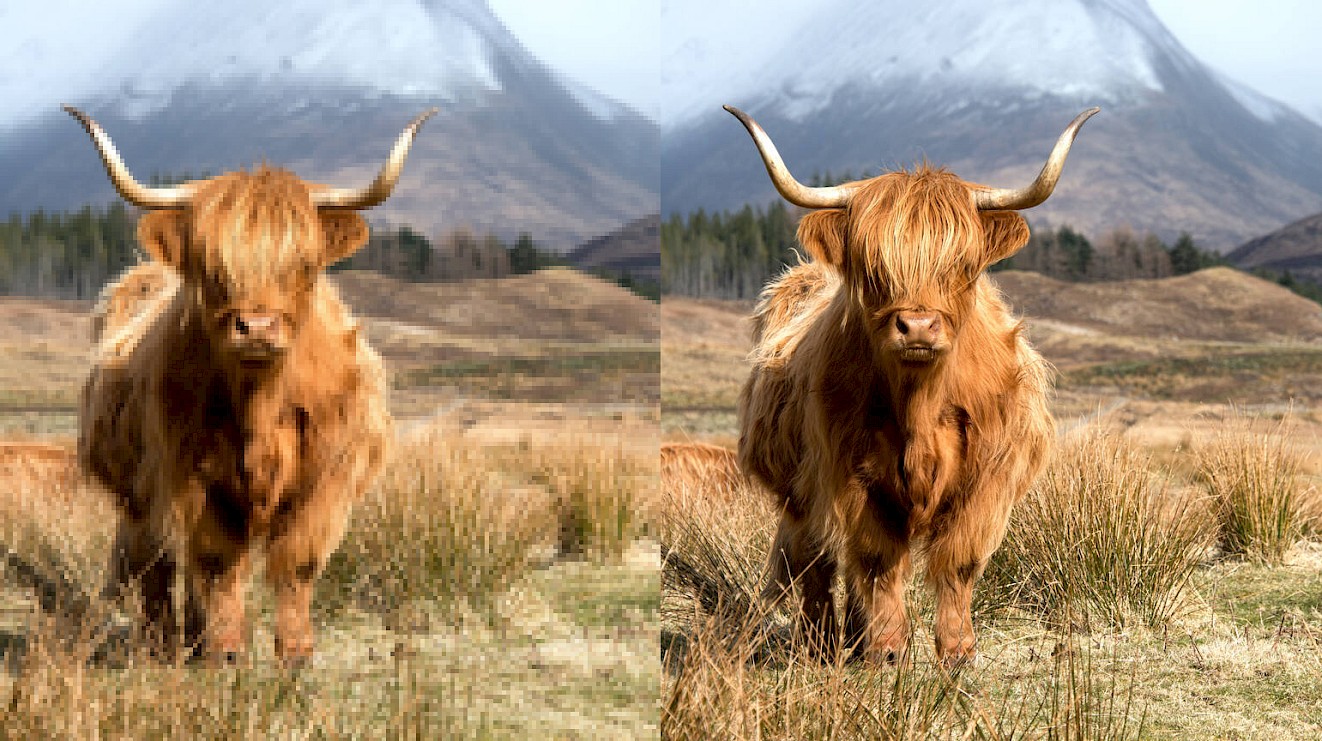 Printing experts since 1902
Printing experts since 1902 Family business, modern technology
Family business, modern technology Free supportive design service
Free supportive design serviceCall us on 01424 420919 or email sales@judges.co.uk
 Printing experts since 1902
Printing experts since 1902 Family business, modern technology
Family business, modern technology Free supportive design service
Free supportive design service
Before any design or image is printed onto products, it's essential to review the quality of the photos you provide. A low-quality image may look fine on a computer screen or mobile device but when printed, it can appear blurry, pixelated, or distorted.
Here are some of the key elements to consider when checking your image quality.
It is generally a rule of thumb that at least one subject in a photo should be sharply focused. If your photos are coming out blurry, here are a few possible reasons why.

1. The first reason many photos are out-of-focus is due to movement. Make sure that you are supporting your camera by tucking your elbows into your sides and avoiding extending them. If you have a solid surface nearby (e.g., a ledge or wall), you can try to use it to steady yourself. If you want to capture the sharpest images, a tripod is essential!
2. The second blurriness problem is usually caused by the camera's autofocus choosing the wrong spot to focus on. Switching your digital camera to manual focus could help this. Or, if you're using a phone, tap on the screen where you want to sharpen the view.
Here are a few scenarios where autofocus can get things wrong:
- When focusing in the dark
- When focusing up close
- When choosing between two dominant subjects
- When focusing through foreground elements

3. The third cause of blurry photos is a dirty camera lens, this includes smears and watermarks. Get into the habit of cleaning your lens glass regularly.

Resolution measures how many pixels (also known as dots) an image contains. Pixels are tiny squares that make up a digital image. When pixels are combined, this becomes resolution.
Low resolution occurs when you try to print a big picture from a small file. Whether it's from starting with a tiny file or too much cropping, it can result in a lack of sharpness and you may even be able to see the individual pixels in the image. If you can see those squares at 100% (normal size), then the image is “pixelated.” Files used for printing should have a resolution of 300 dpi (dots per inches).

An easy way to avoid photos appearing pixelated is to avoid zooming in; try to get closer to your subject or we can crop it later.
Photo quality can also decrease when up/downloading images from websites. Social media web pages resize photos as a default, which results in low quality images. However, plenty of file sharing sites are available to share your images in full quality. Check out our post on how to send your files using WeTransfer.
If you’re not sure, send your images to sales@judges.co.uk, and we can assess them for you.
Exposure is the total amount of light that reaches your camera's sensor. A properly exposed photograph is one that is neither too light nor too dark, and has a varying degree of contrast in between.

Most modern phone cameras have buttons/sliders to adjust the exposure. For digital cameras, adjusting the aperture, shutter speed, and ISO will affect the exposure. You can find many guides online on the best settings to use for different photographic situations.
We hope this guide has been helpful!
To find out more, contact our friendly sales team on 01424 420919 or email sales@judges.co.uk and we'll go through the process.
Are you looking to create personalised products for your gift shop, attraction or visitors centre? Find out more about our bespoke services.
Copyright Judge Sampson Limited © 2025. Manage Cookies. Website by Warp Design